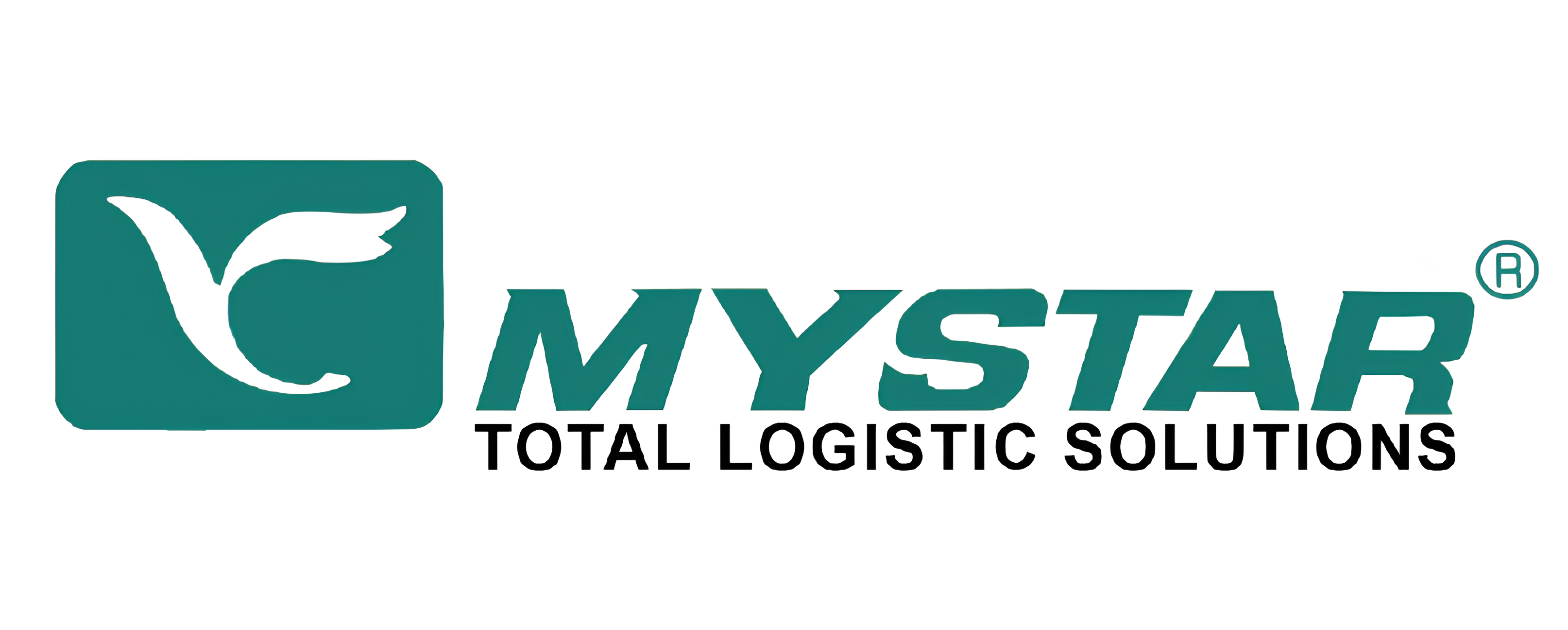Every warehouse and distribution centre requires efficient industrial racking systems to accommodate a diverse range of products in different sizes and weights. After all, industrial racking systems play a vital role in optimising storage space, maximising efficiency, and ensuring smooth operations.
This comprehensive guide aims to provide you with a solid understanding of industrial racking, its various types, benefits, key considerations, and best practices for efficient storage. Without further ado, let’s dive into the fundamentals of industrial racking.
Types of Inventory Control Techniques
Before delving into the various types of racking systems, let’s explore the different inventory control techniques. The selection of technique depends on factors such as the nature of the goods, inventory turnover rates, and space availability.
First In, First Out (FIFO)
The FIFO technique operates on the principle that the first items added to the inventory are sold or used first. This method ensures that older items go out before newer ones, reducing the risk of obsolescence and spoilage.
This technique is particularly suitable for products with expiration dates or those that may depreciate over time. The selective racking system and carton flow system are examples of racking systems that employ the FIFO inventory control technique.
Last In, First Out (LIFO)
The LIFO technique prioritises using or selling the most recently acquired inventory items before older ones. This method is particularly suitable for situations where the perishability or obsolescence of goods is not a concern.
Businesses often use this method to match the latest inventory costs with current revenues. Some instances of racking systems that utilise the LIFO technique are the double deep racking system, very narrow aisle (VNA) racking system, drive-in racking system, and the cart push-back system.
Main Types of Industrial Racking Systems

Double-Deep Racking System
The double-deep racking system stores pallets two deep, meaning that one pallet is placed behind another on each rack level. This configuration significantly increases storage density, allowing more pallet storage in the same footprint compared to the standard racking systems.
A double-deep racking system is particularly effective for situations where larger quantities of the same product need to be stored. Thus, this makes it a popular choice in various industries, such as manufacturing, distribution, and logistics.
Very Narrow Aisle (VNA) Racking System
VNA racking systems are custom storage solutions that maximise storage in tight spaces. As the name suggests, VNA racking systems feature extremely narrow aisles compared to traditional storage setups.
While the aisles are narrow, this advanced storage system maintains selective accessibility to individual pallets. Specialised equipment, such as the Turret Truck or VNA Truck, can retrieve specific pallets without moving other items.
Shuttle Racking System
The shuttle racking system is an innovative and semi-automated storage solution designed to optimise warehouse space and improve operational efficiency. It is an enhanced shuttle device derived from the conventional drive-in system that moves along tracks situated on top of the beam level.
Long-Span Shelving
Long-span shelving is a flexible, durable, and practical storage solution for bulkier or larger goods that fall between the scope of traditional shelving and heavy-duty pallet racking. It features an open design, allowing easy access to items from all sides.
The racking system works as storage for medium-duty goods, supporting up to 1000 kg of loads. Additionally, long-span shelving features characteristics such as hand-loaded storage, medium-duty storage, and display equipment. These features are used in various industries, including retail, warehouses, workshops, and even document archives.
Multi-tier Racking System
Multi-tier racking systems are designed to efficiently store safety stock in different industries. The system features vertically stacked levels to make the most of space, which enables easy inventory management and quick access to all items. This then improves the picking and replenishment processes while simultaneously saving time and effort in finding the required stock.
Besides, this system can be customised to fit the unique needs of any business, depending on the available space and specific requirements. They can be installed in warehouses, distribution centres, manufacturing facilities, or retail spaces, enabling businesses to effectively manage their safety stock while maximising available storage capacity.
Read More: Pallet Racking Certification for Rack Safety in Malaysia
Benefits of Using Industrial Racking Systems
Improved Space Utilisation
Industrial racking systems enable you to make the most of your warehouse footprint. By utilising the height of your facility and implementing space-saving configurations, you can significantly increase your storage capacity. This efficient use of space leads to better organisation, reduced clutter, and optimised material flow.
Enhanced Workplace Safety
Engineered with safety in mind, industrial racking systems incorporate specific features and adhere to safety protocols for improved accident prevention. By minimising the risk of accidents, such as collapsing racks or falling objects, industrial racking systems create a safer working environment for your employees.
Efficient Inventory Management and Workplace Efficiency
With organised storage and easy accessibility, you can enhance order fulfilment speed and accuracy. This allows for better tracking capabilities and streamlines inventory control, thus reducing errors, minimising stockouts or overstocking, and elevating overall inventory management efficiency.
Scalability and Customisation
As your storage requirements evolve, you can easily reconfigure or expand the racking system to accommodate the changing demands of your inventory. Whether it is adding more levels, adjusting beam heights, or incorporating specialised racks for specific products, industrial racking systems can grow and adapt alongside your business.
Key Considerations When Choosing an Industrial Racking System
Storage Needs and Warehouse Space
Evaluate your storage needs, including the types of products you handle, turnover rates, and inventory volume. Consider the available warehouse space, including both horizontal and vertical dimensions, to determine the most suitable racking system.
Product Characteristics
Assess the characteristics of the products being stored, such as their size, weight, and condition, as certain racking systems are better suited for specific product types. For instance, a cantilever racking system is best for storing long, bulky, and irregular items.
Budget Considerations
Review your budget for acquiring and maintaining your desired racking system. Assess the potential return on investment based on increased storage capacity, operational efficiency, and cost savings.
Future Growth and Scalability
Opt for a racking system that allows flexibility, adaptability, and easy expansion or reconfiguration to accommodate future requirements without major disruption, downtime, or additional investments.
How to Properly Install and Maintain an Industrial Racking System
Proper Installation
It is crucial to engage professional installers experienced in industrial racking systems. They will ensure the system is correctly assembled, anchored, and aligned, following manufacturer guidelines and local building codes.
Professional installation minimises the risk of structural issues, ensures load-bearing capacities are respected, and guarantees the system’s overall safety and functionality.
Regular Maintenance and Inspection
Implement a regular maintenance and inspection schedule for your industrial racking system. Inspect significant areas and components, including upright frames, beams, connectors, and baseplates.
Assess the structural integrity of the racking system during inspections. Look for signs of damage, including cracks, weld failures, or misalignments. Moreover, verify the load capacities of the racking system, ensuring that weight limits are not exceeded on each level and complying with the manufacturer’s guidelines.
Staff Training
Provide comprehensive training to staff on safe loading and unloading procedures specific to your industrial racking system. Educate them on the importance of weight limits, load distribution, and maintaining balance to minimise the risk of accidents or damage.
Besides that, train employees to recognise potential safety hazards associated with the racking system. This includes identifying signs of damage, loose components, or unstable loads. Also, encourage prompt reporting of any safety concerns to ensure timely actions can be taken.
Innovative Trends in Industrial Racking System
Innovative trends in industrial racking are reshaping the way warehouses and distribution centres operate, leveraging technology to enhance efficiency, safety, and overall productivity. Today, automated storage and retrieval system (ASRS) is revolutionising the world of industrial racking with increased speed, precision, and reduced labour requirements.
The ASRS, integrated with racking systems, provides real-time visibility into inventory levels, enabling better demand forecasting and optimised storage allocation. These technological advancements enhance operational efficiency, minimise errors, and mitigate potential risks.
Customised Industrial Racking System to Increase Efficiency
With our expertise in storage solutions, Prestar Storage is committed to optimising your storage space, increasing efficacy, and reducing costs by utilising your floor area effectively. We provide a range of industrial racking solutions to help you enhance the efficiency of your storage system.







